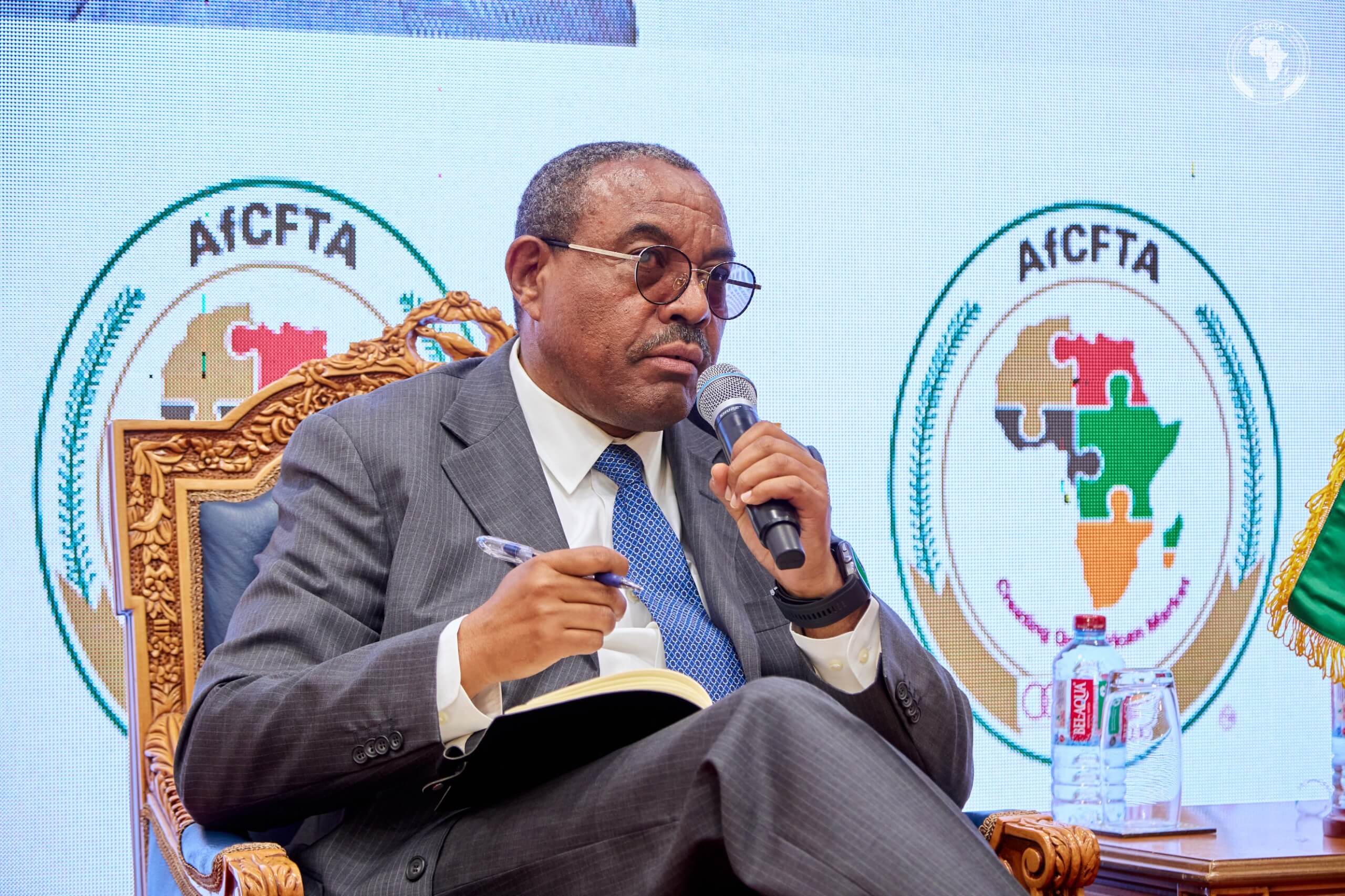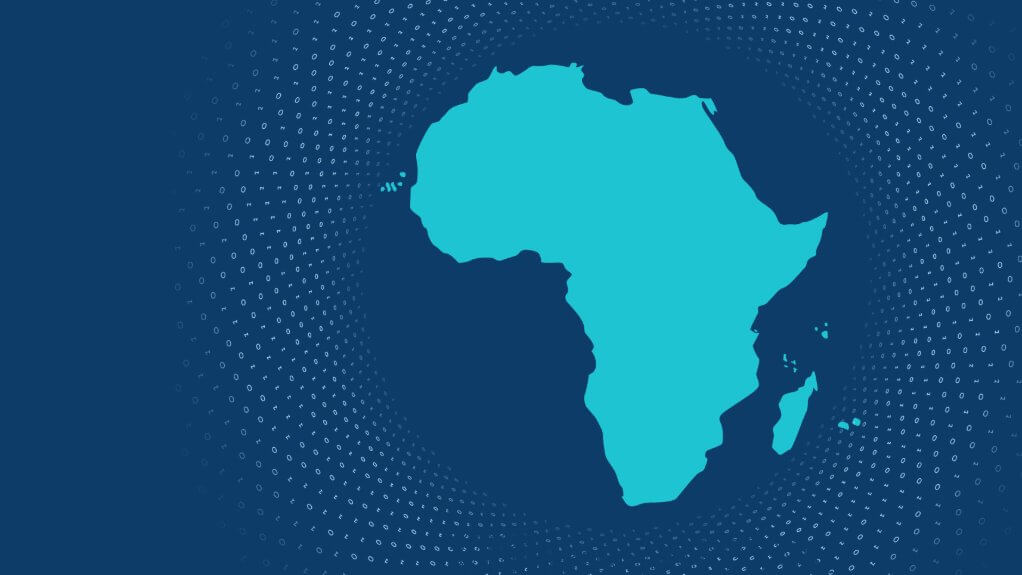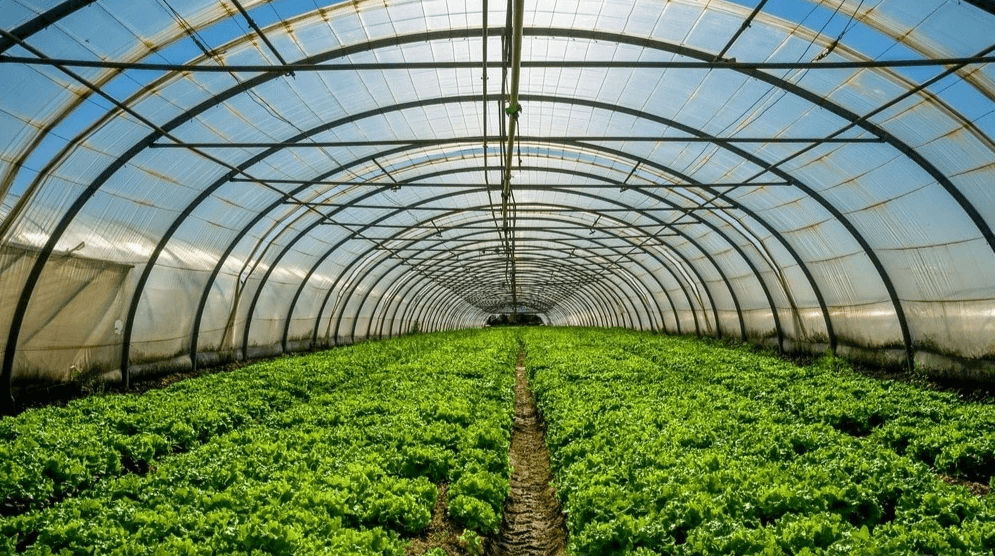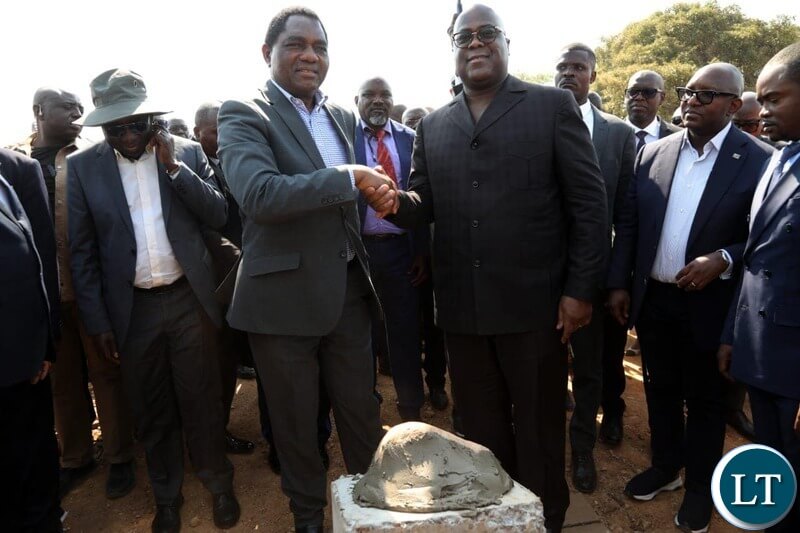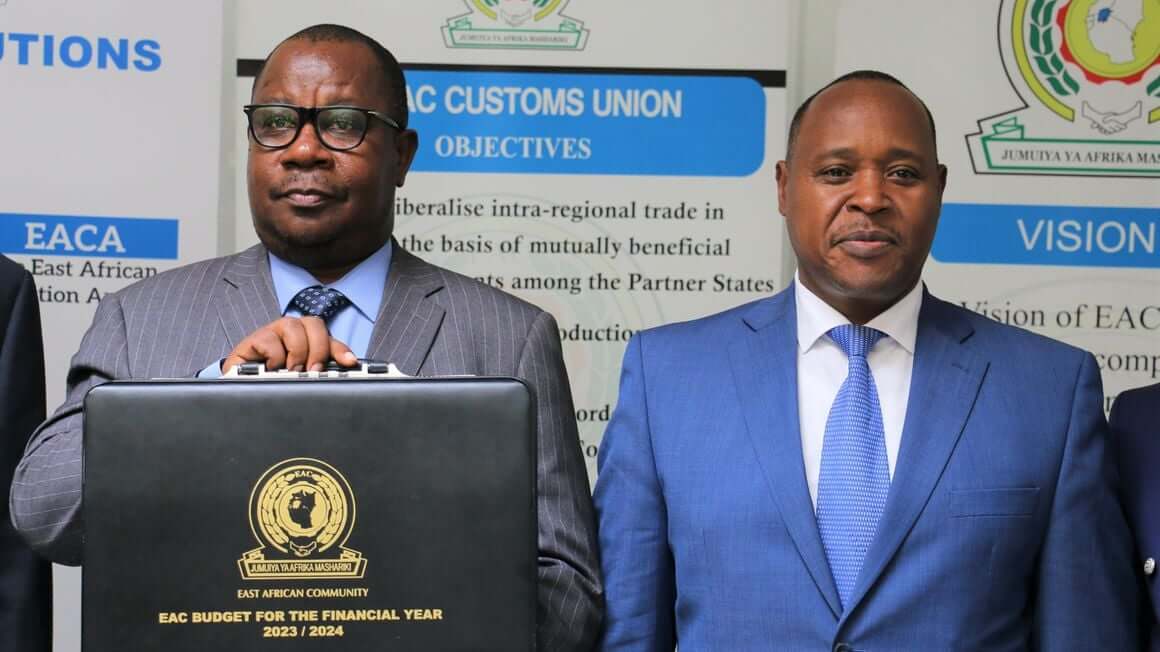
Our Projects are
Transforming African Trade
Quick Contacts
2nd Floor, Fidelity Insurance Centre Waiyaki Way, Westlands
The 2012-2016 Kenya Ports Authority / TradeMark EA Mombasa Port Programme committed to support improvements (particularly mitigation and adaptation to climate impacts) at the port, including preparation of a Green Port Policy. That study, now complete, assessed the impact of port operations on factors such as greenhouse gas emissions, air, water and soil quality, noise and sound by vessels, smoke emitted by ships, waste management, oil spill, marine pollution, energy consumption and utilization, natural resources, wildlife and marine conservation as well as impact on local communities. The output of this exercise informed KPA and other stakeholders in developing a Green Port Policy and an associated implementation plan to support the transformation of the port into a modern and competitive regional hub. The action plan implemented, will reduce operating costs to Kenya Ports Authority and port users, improve labor productivity, minimize accidents, improve health and safety of the workforce, and enhance environmental quality for the port and its surroundings.
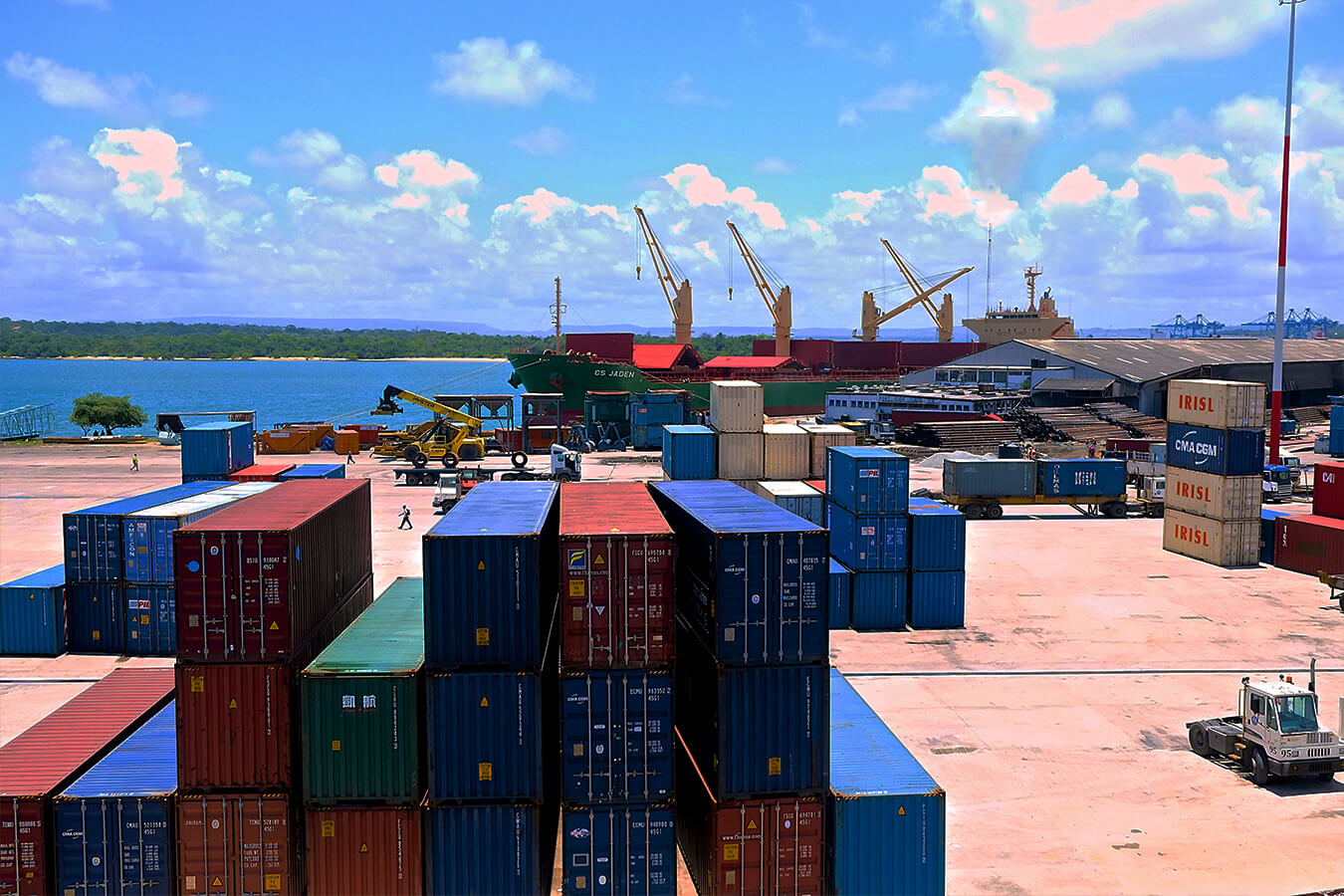
Kenya Ports Authority increases capacity and improves efficiency in handling of cargo and ships for bulk shipping & transport sector.
info access for
crops & over five breeds of livestock
info access for
crops & over five breeds of livestock
info access for
crops & over five breeds of livestock
Development of Resilient Infrastructure at Mombasa Port – Infrastructure Improvement through acquisition of 6 Eco Hoppers and 4 Mobile harbour Cranes
KPA through the assistance of TMA, has embarked on the acquisition of 6 eco hoppers and 4 mobile harbour cranes to improve the discharge of very dirty cargo like clinker and coal, arrangements will be made to provide more resilient infrastructure facilities. Currently, there are no portal cranes for handling dry bulk cargo and ships use their own winches at the Port of Mombasa. The use of ship cranes is slow, leading to long berthing periods of 5 days per ship and higher costs to the vessel operators, and ultimately consumers. This causes long waiting times for trucks waiting to be loaded, which on average lasts 3-4 hours.
The truck turnaround time between the port and clinker cargo intermediate holding areas outside the port precincts is 12 hours (2 trips per day) on average, as opposed to four per day as recommended by Kenya Transport Association.
This will empower the Port to handle two vessels at a time instead of the present one. The hoppers will be designed to suit the characteristics and flow properties of virtually any bulk material, from coal to clinker, sulphur to iron ore. The eco hoppers will provide dust and spillage-free unloading through a dust control system that minimizes escape of dust during discharge and reduces running expenses on average by 30%. The Eco Hoppers will complement mobile harbour cranes for dry bulk cargo handling.
This will lead to a reduction in average actual ship time in port for bulk vessels to an average of 2.9 days compared 5 days enabling Kenya Ports Authority to achieve the 4 days ship turnaround time target for bulk vessels stipulated within the Mombasa Port Community Charter.
Moreover, improved sanitation, better energy and effective emission controls will also empower KPA to attain the International Maritime Organisation goal of reducing CO2 emissions by a maximum of 75% on existing and new ships through technical and operational measures by 2050. This is an International Maritime Organisation requirement under IMO 2009/2010.
The proposed efficiency gains will catalyse a savings in port charges estimated at USD 30,000 per day for large vessels calling at Mombasa Port and eliminate ship demurrage (ship detention charges) payable by cargo receivers.
Rehabilitation of the Conveyor System to Reduce Dust and Cargo Wastage from Soda Ash (Sodium Bicarbonate) Handling
The Port of Mombasa uses a rubber conveyor for handling export of soda ash which from Magadi Shed to Berth No.9. Currently, the steel structures are dilapidated due to age, and wear and tear. The conveyor belt lacks de-dusting equipment at all drop points, leading to high rate of spillages and emission of dust, in turn resulting in unnecessary loss of cargo.
There is need to upgrade the facility to a 1,000 mm wide conveyor. This will increase loading capacity to a higher productivity rate of 120 tonnes up from 80 tonnes, translating into a 50% increase in ship turn around. It will also be more efficient and minimize spillages and dust emissions, thus reducing staff sickness and delays, hence reducing the cost of business at the port. KPA through the support of TMA engaged a consultant who carried out a detailed feasibility study and detailed design for multi-purpose, multi-directional conveyor belt system for the upgrade of the existing system for efficient dry bulk cargo handling.
Mitigating Business Continuity / Labor Productivity
The KPA Annual Safety Report 2013 indicates that the Port of Mombasa recorded 378 accidents in 2013. 325 of these related to cargo handling operations, and 53 involved injuries to personnel. This resulted in high costs of repair/replacement of equipment, payment of cargo claims, lost man-hours and medical bills.
Analysis of accidents indicates that the root cause is negligence, not adhering to work instructions, uncoordinated work plans, improperly serviced machinery and equipment, and low safety consciousness, among others. For this reason, KPA through the support of TMA supported the implementation of ISO Standards on Environment and Occupational Health & Safety Systems in a bid to minimize accidents and enhance safety at the work environment. A safety audit was carried out to diagnose safety and environmental issues to be addressed, and to development of an associated implementation plan.
Developing a Strategy to Facilitate Green logistics, and Catalyzing the Modal Shift from Road to Rail Freight
The cargo offtake at the Port of Mombasa has been dominated by road transport. Traffic handled by rail has been in general decline over the years. The Economic Survey (2014) highlights that the freight tonnage transported by rail in 2013 amounted to 1,214,000 tonnes compared to 1,394,000 tonnes in 2012. This was a drop by 12.9 per cent. The declines were attributable to poor rail infrastructure and aging equipment.
Studies indicate that a shift from road freight to other modes – primarily rail, but also waterborne transport – is beneficial to the environment and society because because on average, road freight emits greater carbon emissions per tonne kilometre than does rail or waterborne freight. Use of non-road modes may also have other benefits, such as contributing to a reduction in road congestion. In some cases, rail and water can be more efficient and reliable than road.
To support the development of Green Logistics requirements, KPA is planning to upgrade the Nairobi Inland Container Depot (ICD) at Embakasi. The upgrade will entail conversion of this facility that brings port services closer to shippers in the hinterland through specialized rail-tainer service into a fully-fledged cargo logistics centre. To support this effort, TMA engaged a consultant to assist Kenya Ports Authority and Government in understanding overall multi-modal road-rail logistics needs on the Mombasa-Nairobi corridor, with focus on preparation of a road map for transformation of ICD Nairobi into the envisioned logistics centre.
Replacement of Asbestos Roofing materials with Galvanized Roofing sheets in KPA Workshops.
KPA Workshops and some cargo sheds have asbestos roofing. Asbestos is known to cause chronic health problems. The project involved disposal of asbestos roof covering, replacement of the asbestos roofing sheets at the workshops with non-hazardous galvanized roofing sheets, rain water harvesting and solar installation on the workshop roof top.
Tree Planting and Forestry
The built environment of the port comprises almost 80% of the land area. This means the area for vegetation development is limited. The tree planting programme involved planting and maintaining 8500 seedlings on selected sites in the coastal region.
The programme envisaged environmental sustainability, creation of a safe and healthy working environment, and establishment of a tree stock that will serve as a carbon sinker for the high greenhouse gases emissions from port operations.
Feasibility Study on Port and Ship Waste Management at the Port of Mombasa
The current supply from the mains is inadequate both for drinking and sanitation. The alternative supply by lorries which also depend on the main supply is unreliable resulting in unsanitary toilets and other poor environmental and health hazards at the workplaces that compromise the health of workers.
To ensure that the port water supply and sanitation emerging issues are addressed, KPA with the support of TMA undertook a water and sanitation audit. The project also included an audit on port and ship waste management on-board ships and in port operations. The findings culminated into a strategic waste management plan which is a guide for the Authority to achieve sustainable waste management processes to mitigate the negative effects of waste in accordance with standards and guidelines. The waste management plan will assist the Port Management to improve collection, transfer and disposal of port-generated waste in a cost effective and environmentally friendly manner.
Bio-Terra Phasing of Hill Sides at the Port of Mombasa.
The Port of Mombasa is dominated by a steep cliff at the end of the yard facility. To secure the port area, KPA has provided for stone pitching and steps of vegetation protection for the entire hillside. This will secure the port against possible landslide and constant erosion. During the last El Nino (1998) rains, the entire container terminal was closed for several days because of landslides and floods that covered the entire operational area. Some areas of the hillside are showing obvious signs of sliding and require protective works to secure them against risk of landslides. The intervention included carrying out site assessment, undertaking topo land surveys, detailed landscaping architectural designs, structural and civil drawings, geo-technical investigations Environmental Impact Assessment studies and construction works (undertaking of eco – terra facing works) including reforestation required protective works which will build resilience to extreme weather events and climate change.
Improvement of Energy Efficiency & Development of Renewable Energy Power sources at the Port of Mombasa
KPA depends entirely on the national grid for electricity supply to the Port of Mombasa, and other ports owned by the authority. The current power demand by KPA stands at about 4.5 Mega Watts. This supply is inadequate, ineffective and subject to frequent power cuts, occasioning stoppage of almost all operational activities.
The bulk of the port’s electricity consumption is for operating ship-to-shore gantries and other port cargo handling equipment, lighting yards and buildings.
Ships calling at the Port use their own generators for power production at port docks. Analysis of the year of build of the vessels that visited the Port in 2013 indicates that more than 50% of the vessels are over 15 years old. Consequently, most ships are aged and have inefficient auxiliary engines. The consequence of this is more fuel consumption, additional GHG production and higher than necessary noise levels within the port area.
The situation calls for urgent exploration of options for renewable energy sources. The initial focus can be providing green power to all workshops and the lighting of roads and yards. This will enhance visibility for 24/7 work, improve security, and reduce carbon emissions. It is estimated that the area of two workshops can produce up to 300KW of solar power. This is enough for workshop use and their offices. Over the longer term, onshore power supply will reduce air pollution and especially CO2 emissions from vessels while in port. Under this concept, once a ship is berthed, the power for supporting activities such as loading, unloading, lighting, heating, air conditioning, hoteling and other on-board activities is supplied by the shore utility provider rather than by running the ship’s auxiliary engines. Ships can then shut off their diesel engines while docked in port, massively reducing greenhouse gas and noise emissions as well as vibrations. This will drive down costs and improve environmental conditions for people in and around the port. This allows for maintenance work on the vessel engines. It also enhances the Port’s image and provides a competitive edge over other ports.
KPA in-house reviews on options for onshore power supply have indicated that such power supply to all vessels visiting the port of Mombasa would result to a net gain not only to the authority but also to the port community. KPA with the support of TradeMark EA carried out a study on energy audit and power options for the port including cold ironing.

